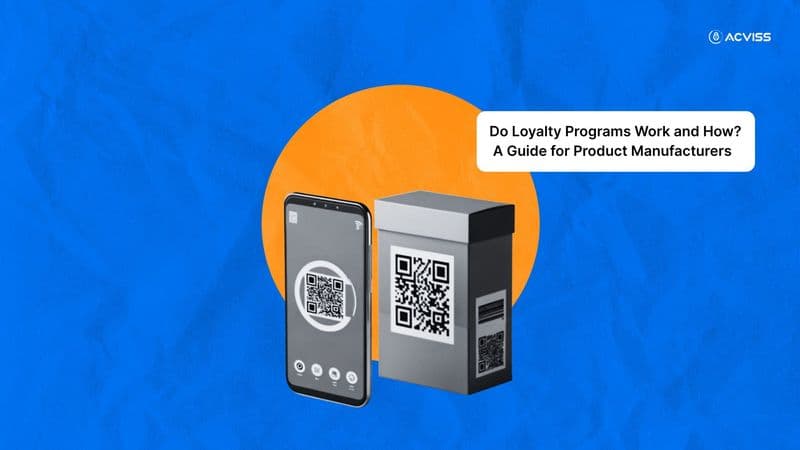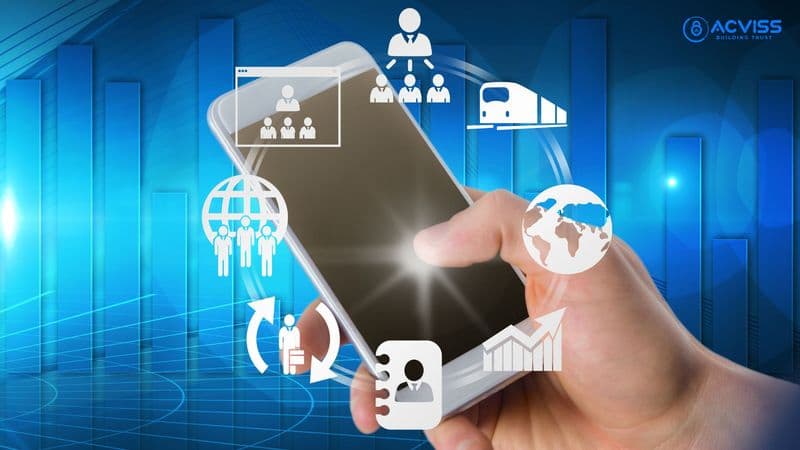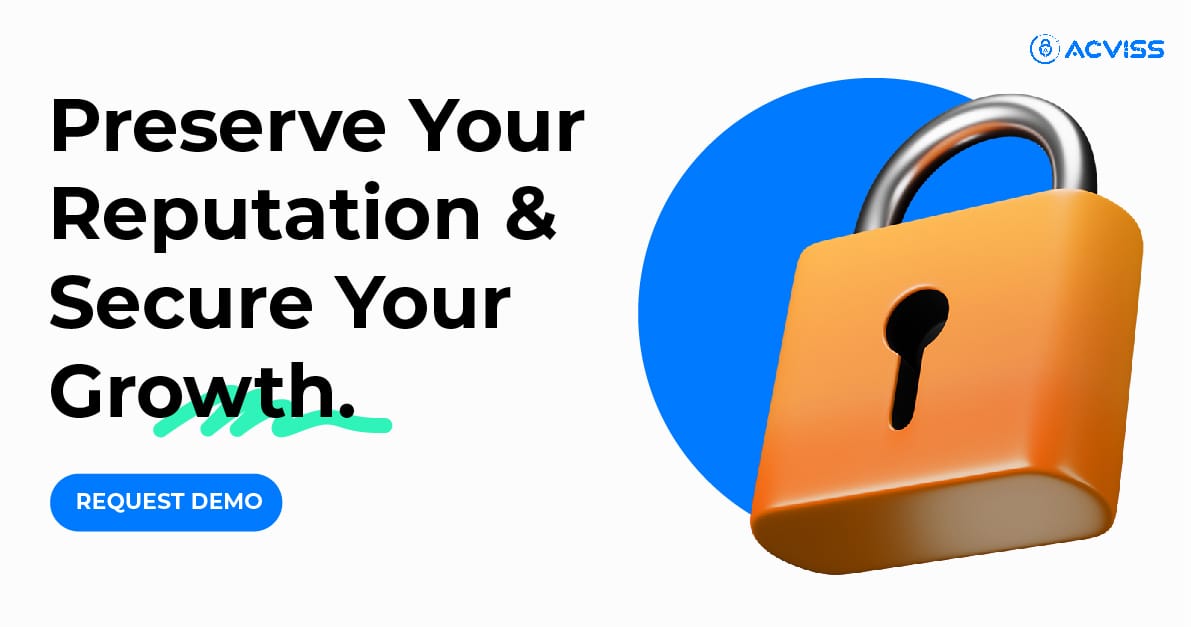Do Loyalty Programs Work and How? A Guide for Product Manufacturers

The business landscape is evolving rapidly. As customer interactions and key buying decisions shift to digital platforms, brands are revaluating their approach to the customer journey. In a competitive market where customers have easy access to diverse brands, attracting and retaining loyalty demands more than just quality assurance. Enter loyalty programs—a strategic tool to enhance the customer experience while incentivizing buyers.
While the dynamics of the business environment may have changed, the core principles of marketing remain. Among the classic 7Ps of marketing, “People” are just as important as “Price” and “Product.” How “People” perceive your “Product” depends significantly on how you value and reward their loyalty.
A loyalty management program is not a novel idea. However, in today’s hyper-competitive and fast-paced markets, it has become a game-changer. With customers bombarded by options and distractions, loyalty programs are pivotal in retaining attention and driving repeat business. Let’s explore the benefits and essentials of loyalty programs and how technology can maximize their potential.
5 Key Benefits of Loyalty Programs

1. Customer Engagement Through Goals
Human beings are inherently goal-oriented. Whether it’s career aspirations, life goals, or accumulating reward points, the sense of working toward a target is motivating. Loyalty programs leverage this natural inclination to encourage customer participation. Rewarding points for purchases or activities keeps customers engaged and committed to your brand.
For example, programs that offer milestones for rewards, such as free products or discounts, foster a sense of achievement, motivating customers to stay loyal.
2. Retaining Customers Beyond Advertisements
In an age where the average person is exposed to 6,000–10,000 advertisements daily, grabbing attention has never been harder. Brands rely on vibrant visuals, catchy videos, and impactful headlines to stand out. Yet, direct advertising alone is no longer sufficient.
Loyalty programs provide a subtler, longer-lasting way to retain customers. By offering value beyond the initial sale, these programs keep customers returning without relying solely on expensive ad campaigns. It’s indirect marketing that works wonders for customer retention.
3. Encouraging Repeat Purchases
Loyalty programs create habits. How often have you heard someone say, “I need to use my loyalty points at that store before they expire”? Even when a product or brand doesn’t have strong recall value, accumulated credits and points encourage shoppers to return.
This phenomenon is particularly impactful in highly competitive industries such as retail, hospitality, and food services. Loyalty points act as a psychological nudge, turning one-time buyers into repeat customers.
Customer Retention And the Electrical Sector: How Loyalty Management is the Key?
4. Gamification and Elite Memberships
Gamification is a powerful tool in loyalty programs. Customers love the thrill of exclusivity and achievement. Elite memberships, tiered rewards, and gamified experiences create a sense of belonging and pride, which drives loyalty.
Luxury brands excel at this by offering exclusive club memberships, priority services, or special events to loyal customers. This combination of exclusivity and reward fosters long-term relationships.
5. Reinforcing Branding Through Loyalty Programs
A loyalty program is more than a retention tool; it’s a branding opportunity. A well-named loyalty program becomes an extension of your brand’s identity. For example:
- Sephora’s “Beauty Insider” conveys exclusivity and sophistication.
- Starbucks’ “Starbucks Rewards” highlights simplicity and daily value.
A creatively designed and named loyalty program makes your brand memorable and adds to its value proposition.
How Technology Enhances Loyalty Management

When implemented thoughtfully, loyalty programs can be transformative for businesses. However, successful programs require more than just discounts and perks—they require data, personalization, and seamless integration with customer behaviour. This is where technology plays a critical role.
1. Personalized Customer Experiences
Modern loyalty management software allows brands to collect and analyze customer data, enabling personalized offers based on buying patterns and preferences. Customers feel valued when brands cater to their unique needs, fostering deeper loyalty.
2. Data-Driven Insights
Loyalty management solutions provide insights into customer behaviour, purchase frequency, and spending habits. This data helps brands refine their programs, ensuring they remain relevant and effective.
3. Seamless User Experience
The technology ensures that loyalty programs are intuitive and hassle-free. Features like digital wallets, mobile apps, and QR codes make it easy for customers to track and redeem rewards, creating a frictionless experience.
4. Real-Time Tracking and Analytics
With real-time tracking, brands can monitor the performance of their loyalty programs, identify gaps, and make data-backed decisions to optimize results.
Best Practices for Designing Loyalty Programs
- Understand Your Customers: Study their preferences, buying habits, and pain points to design a program that resonates with them.
- Keep it Simple: Avoid overly complex point systems or redemption processes. A straightforward program encourages participation.
- Offer Value, Not Just Discounts: Provide rewards that align with your brand’s identity, such as exclusive access, personalized products, or special events.
- Integrate Gamification: Make earning rewards fun and engaging through challenges, milestones, and leaderboards.
- Use Technology: Invest in a loyalty management platform to automate processes, gather insights, and deliver seamless experiences.
Why Loyalty Programs Matter for Product Manufacturers
For product manufacturers, loyalty programs go beyond customer retention—they can drive long-term brand value. In addition to fostering customer relationships, loyalty programs allow manufacturers to:
- Gather valuable insights into product performance and customer preferences.
- Increase repeat purchases, improving revenue predictability.
- Enhance brand perception by consistently delivering value to customers.
Create Winning Loyalty Programs with Acviss
At Acviss, we understand the importance of creating loyalty programs that leave a lasting impression. Our loyalty management solutions are designed to align with your brand’s goals, offering insights into customer behaviour and enabling seamless program management. With technology-driven tools, we help you craft experiences that keep your customers coming back.
Conclusion
In today’s competitive market, loyalty programs are no longer optional—they’re essential. By leveraging technology, understanding customer needs, and creating engaging experiences, brands can turn casual buyers into lifelong advocates. For product manufacturers, loyalty programs are a strategic investment that drives growth, builds trust, and reinforces brand value.
Ready to design a loyalty program that works for your brand?
Contact Acviss today and explore how our solutions can help you create a loyal customer base.
FAQs on loyalty rewards program
1. How do loyalty programs work?
Loyalty programs reward customers for their repeat business by offering points, discounts, or exclusive benefits. Customers earn points for purchases or actions, which can be redeemed for rewards. These programs are designed to encourage customer retention, customer engagement, and repeat purchases.
2. Do loyalty programs really work?
Yes, loyalty programs work when they are well-designed and cater to customer preferences. They increase repeat purchases, improve customer engagement, and build brand loyalty by offering tangible value, such as discounts or exclusive access.
3. What do loyalty programs do for businesses?
Loyalty programs help businesses retain customers, enhance brand perception, and gather valuable insights into customer behaviour. They drive repeat sales, reduce customer acquisition costs, and strengthen long-term relationships with customers.
4. Why do loyalty programs work so well?
Loyalty programs work because they tap into customers’ desire for rewards and exclusivity. By providing tangible benefits and gamified experiences, they create an emotional connection with the brand, motivating customers to stay loyal.
5. How do rewards programs work?
Rewards programs allow customers to earn points or perks for specific actions, such as making purchases or engaging with the brand. These points can later be redeemed for discounts, free products, or other benefits, incentivizing repeat business and fostering loyalty.
6. What is the meaning of loyalty programs?
Loyalty programs are marketing strategies that reward customers for their continued patronage. They are designed to increase customer retention by offering incentives like points, discounts, and exclusive benefits, creating a win-win for both the brand and the customer.
7. How does gamification improve loyalty programs?
Gamification adds fun and excitement to loyalty programs by incorporating challenges, milestones, and tiered rewards. This keeps customers engaged and motivated to interact with the brand while earning rewards.
8. Do reward points last forever?
Not always. Most loyalty programs have an expiration period for points to encourage timely redemption. Customers should check the terms of their loyalty programs to maximize the benefits before the points expire.
9. What makes a loyalty program effective?
An effective loyalty program is simple, personalized, and aligned with customer preferences. It should offer relevant rewards, provide an easy way to track progress and integrate seamlessly into the customer journey.
10. How can technology enhance loyalty programs?
Technology enhances loyalty programs by enabling real-time tracking, personalized recommendations, and seamless integration with mobile apps and digital wallets. It also provides valuable data insights to optimize program performance.
